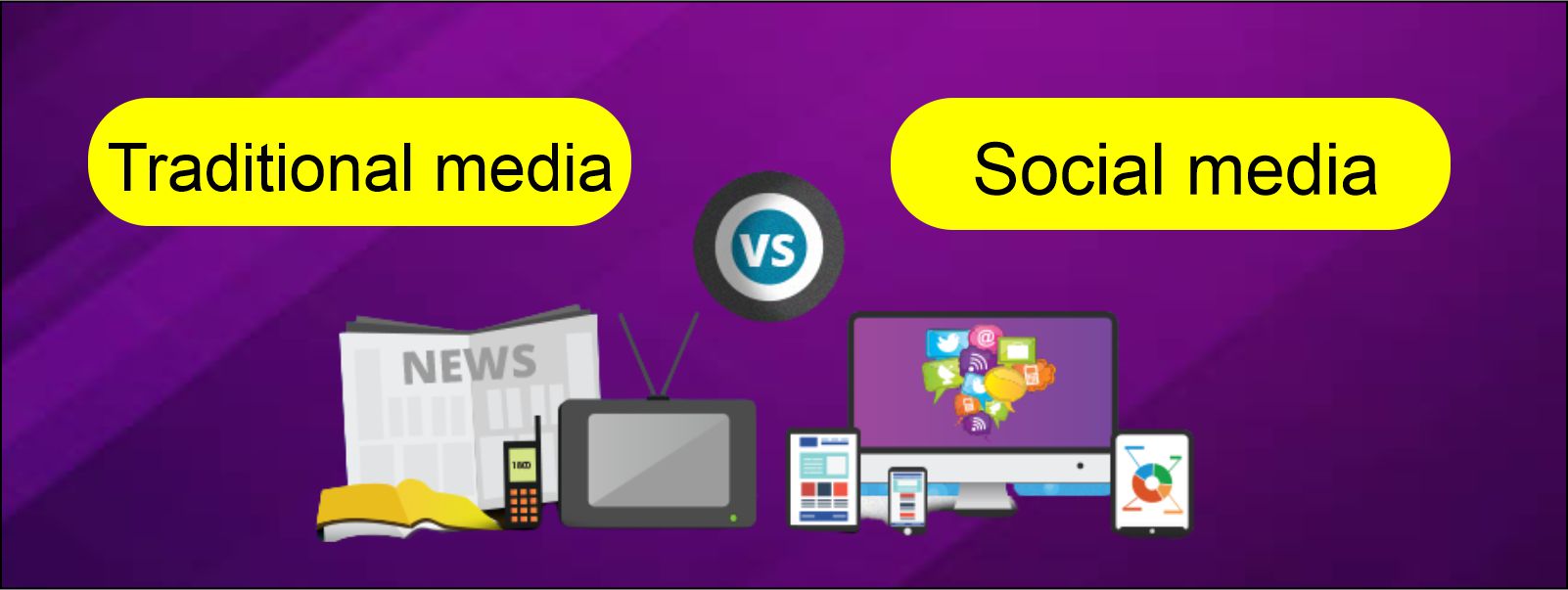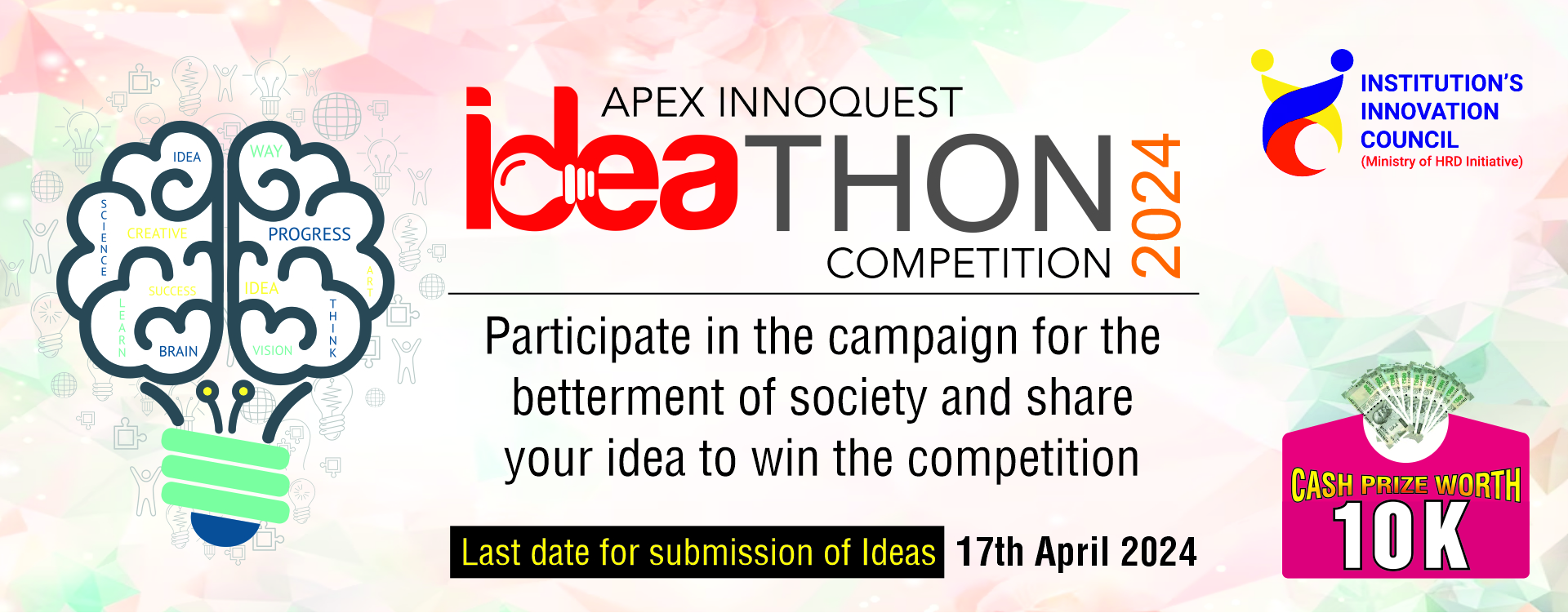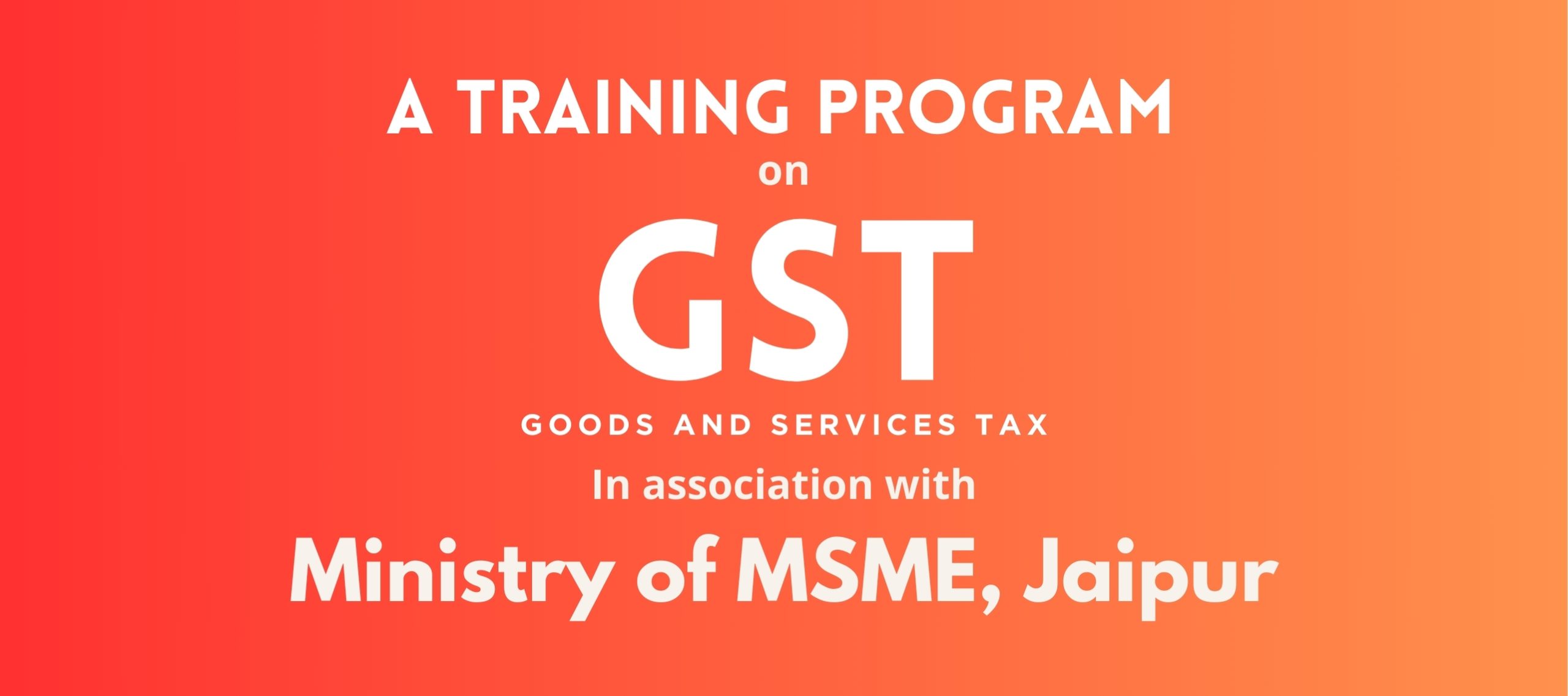Today’s digital landscape, there are a variety of new methods for reaching a mass audience.
What is traditional media?
Traditional media refers to forms of
mass media that focus on delivering news to the general public or a targeted group of the public. Traditional forms of media include print publications (newspapers and magazines), broadcast news (television and radio) and, in recent years, the digital version of those media outlets, such as digital newspapers and blogs.
What is social media?
The term “social media” is used a lot these days to describe a variety of different digital platforms. For the purpose of this piece,
social media refers to social networking sites like Facebook, Twitter, Instagram, Pinterest, YouTube, LinkedIn, etc.
The differences between traditional media and social media
Where traditional media generally offers a wider audience pool, social media allows for more targeted distribution
Social media on the other hand, gives PR pros the opportunity to really target their messages, selecting everything from the demographics and geography of an audience to the time of day the post will go live.
Social media is immediate, while traditional can be delayed due to press times
Traditional media tends to have a longer timeline than social media. Not only can press times slow you down, pieces for traditional media tend to take longer to put together (think of all those hours drafting and distributing a pitch, connecting reporters with sources and providing useful imagery).
Social media posts are generally shorter, usually meaning they take less time to put together, and can be published immediately.
Traditional media pieces are more final, where social media is dynamic
For the most part, once a story is published on a traditional form of media, it’s final. If you’re lucky, the reporter you worked with on a story may be willing to make changes after the fact to an online piece, but if your story hit newsstands or went live on television or radio, chances are it’s too late.
Because social media is a form of owned media, you have the control to make updates whenever you need to.PR pros have the freedom to issue retractions, edit posts after they’re pushed live or even delete messages entirely. And since social media happens immediately, there is absolutely no delay between the time a change is needed and when it reaches audiences.
Social media offers more control over the message than traditional media
Similar to the above, where the PR pro controls the publication date and time of a social media post, social also offers greater control over the message. Although you can’t control how the public will respond once the message is out there, you do have the opportunity to control what is said in the first place.
Social media is a two-way conversation, and traditional is one-way
The typical flow of a traditional piece looks a lot like this: the PR pro pitches the story, the reporter publishes the story and the public reads the story. The cycle ends there, until it begins again. With social media, the public has the opportunity to voice their opinions. Not only does the public expect to be heard when they share their opinions on a story or current event, they also expect the brand to respond. PR pros using social media in their day-to-day should be prepared to act fast and respond appropriately.
The best of both worlds
As you can probably see from the above comparison, traditional media and social media both have their pros and cons. Depending on the situation, the goal or the strategy, one method may work better than another for your brand.




